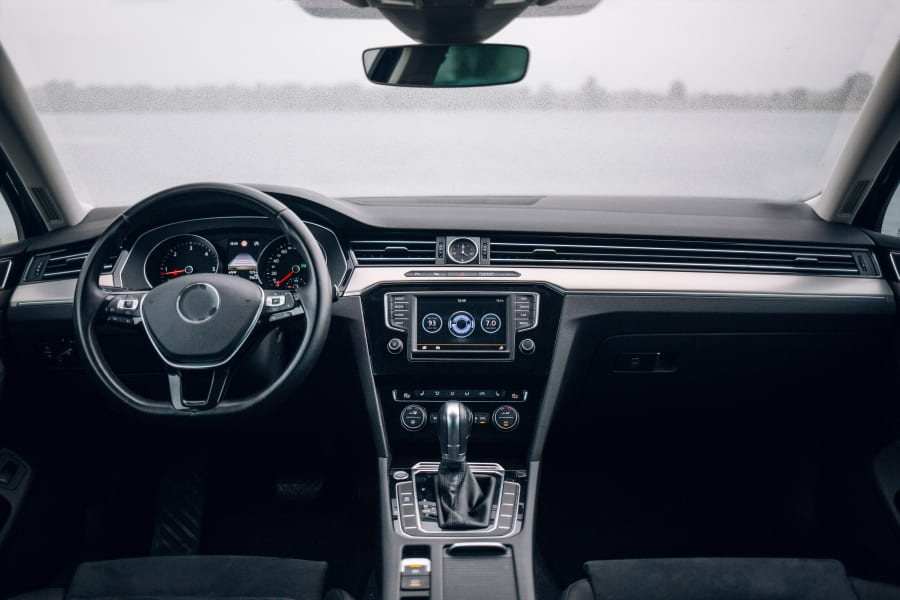
A direct-shift gearbox (DSG) is an electronically controlled dual-clutch multiple-shaft automatic gearbox. It is installed on many cars produced by the Volkswagen Group. In particular, vehicles of such makes as Škoda, SEAT, Volkswagen, and Bugatti are equipped with it.
This transmission debuted in 2003 on the Volkswagen Golf Mk4 R32. It was the world’s first automated transmission installed on a mass production car. It offers automatic and manual gear-shifting modes.
To date, several generations of these gearboxes have been produced. Many of them were co-developed with other manufacturers, including BorgWarner and LuK.
How the DSG works
The main advantage of this type of gearbox is the continuous transmission of the rotating torque, which is achieved by using two clutches and two gear shafts. One gear is engaged while the second is ready for engaging. The required gear is selected by the electronic control unit based on signals from various sensors. The gear is engaged with the help of control, electromagnetic, and pressure regulating valves. In order to switch into manual mode, you need to slide the gearbox lever to the right. In order to increase or reduce gear ratio, slide the lever to “+” or “-”. Paddle shifters are offered on many versions for manual transmission control.
Popular DSG versions
| Version | Code | Number of gears | Max engine torque, N·m | Max engine capacity, L | Clutch type | Production start | Model applications |
| DSG-6 | DQ250 (02E) | 6 | 350 | 3.2 | dry | 2003 | Volkswagen Golf 5; Volkswagen Passat B6; Seat Leon 1P; Škoda Octavia A5; Volkswagen Jetta 5; Škoda Superb B6; Volkswagen Touran |
| DSG-7 | DQ200 (0AM) | 7 | 250 | 2.0 | dry | 2007 | Škoda Rapid; Volkswagen Golf 6; Škoda Fabia 2; Volkswagen Polo 5; Volkswagen Passat B7; Škoda Superb B6; Volkswagen Jetta 6; Škoda Octavia A7 |
| DSG-7 | DQ500 (0BT, 0BH, 0DL) | 7 | 600 | 2.5 | oil | 2008 | Volkswagen Golf 7; Škoda Superb B8; Volkswagen Tiguan NF; Škoda Octavia A7; Volkswagen Passat B8; Volkswagen Jetta 6 |
| DSG-7 | DQ380 (0DE) | 7 | 420 | 2.0 | oil | 2015 | Volkswagen Golf 7 GTI; Volkswagen Magotan |
| DSG-7 | DQ381 (0GC) | 7 | 420–430 | 2.0 | oil | 2017 | Volkswagen Golf 7.5 R; Škoda Karoq; Volkswagen Tiguan 2; Škoda Octavia 3 A7; Volkswagen Golf Sportsvan; SEAT Leon 3; Volkswagen Arteon |
| DSG-7 | DL382 (0CK/0CL) | 7 | 500 | 3.0 | oil | 2015 | Volkswagen Phideon |

Common malfunctions of DSG transmissions
| Malfunctions | Transmissions |
| Jerks and vibrations often occur during operation. | DQ250 (02E) |
| The solenoids can get clogged with clutch wear products if the transmission oil isn’t changed on time. | DQ250 (02E), DQ500 (0BT, 0BH, 0DL) |
| The clutch kit wears out prematurely. | DQ200 (0AM) |
| The electronic control unit burns out. | DQ200 (0AM) |
| The mechatronic unit housing can crack due to high oil pressure. | DQ200 (0AM) |
| The fork engaging the 6th gear is prone to failure. | DQ200 (0AM) |
| The transmission can overheat due to clogging of the heat exchanger. | DQ500 (0BT, 0BH, 0DL) |
| Malfunctioning of the mechatronic unit. | DL382 (0CK, 0CL) |
| Transmission fluid quickly loses its operating characteristics. This causes the clutch bearing to wear out. | DL382 (0CK, 0CL) |



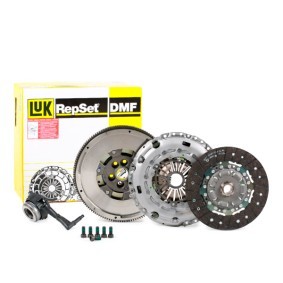











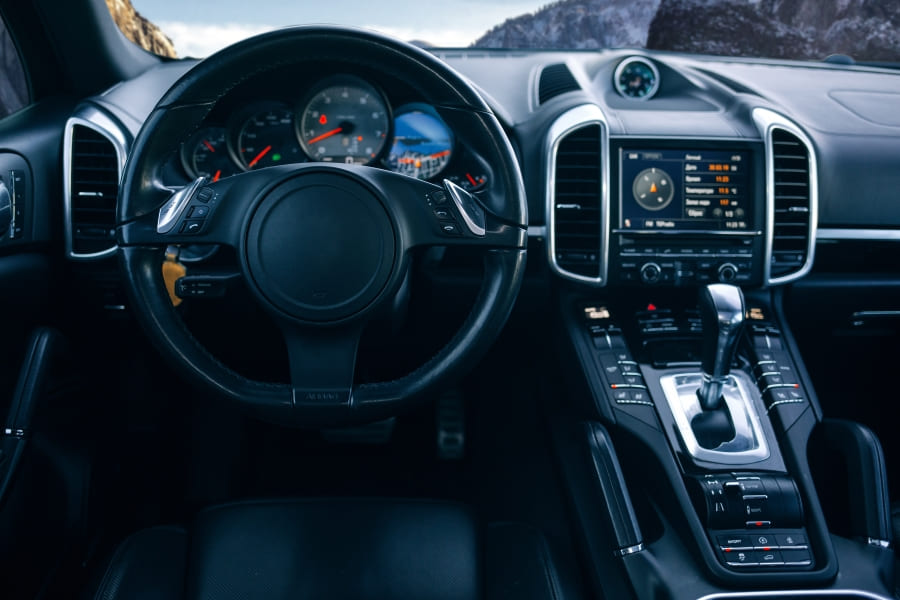
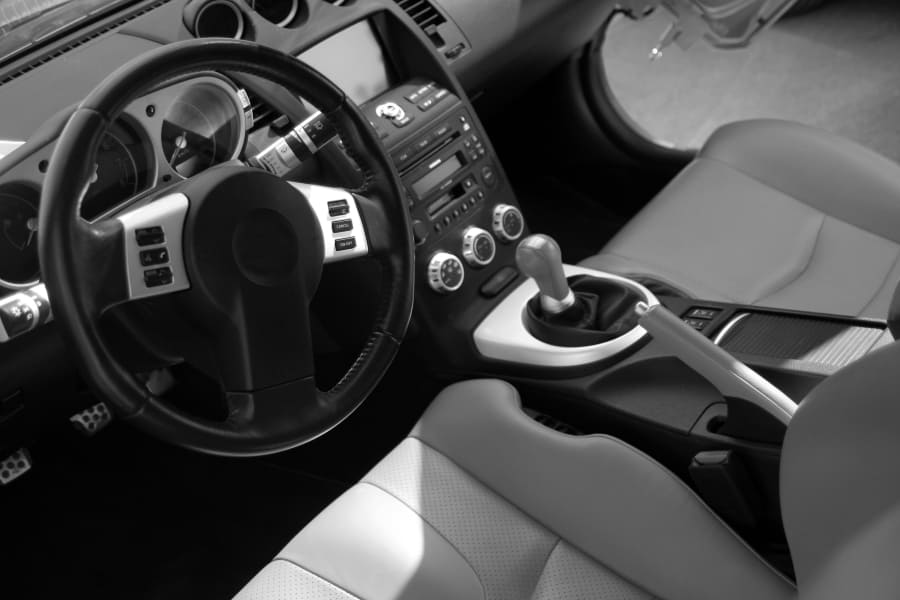
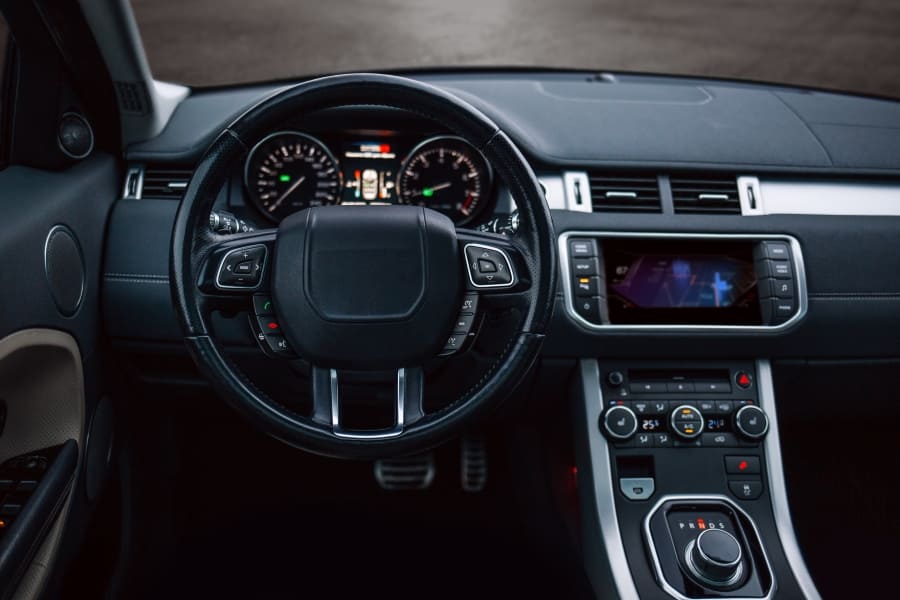
Comment